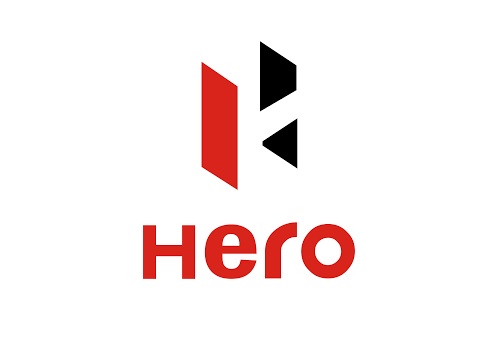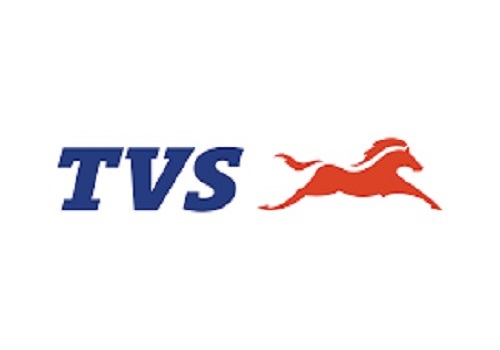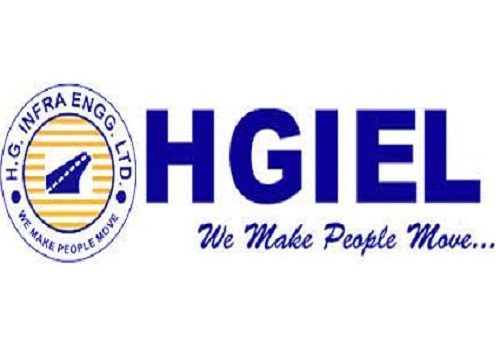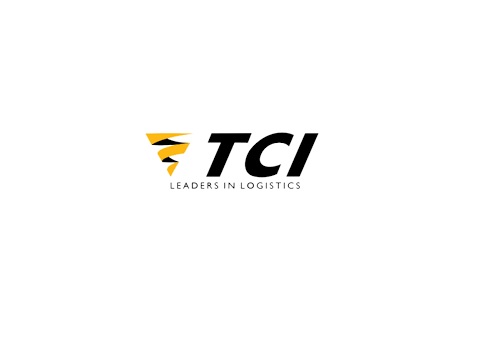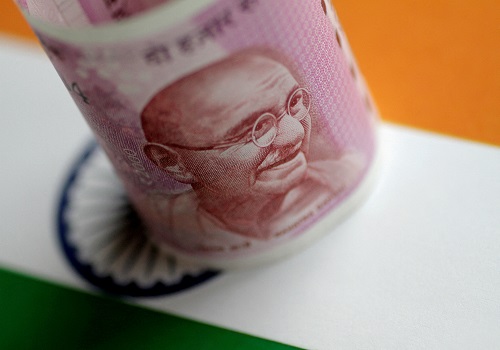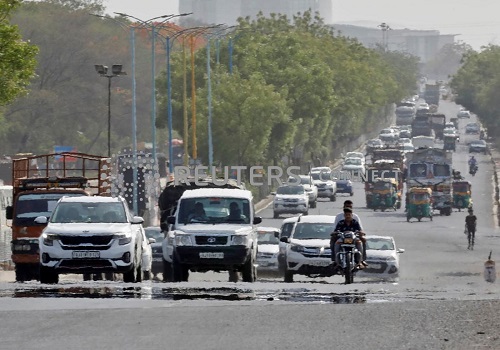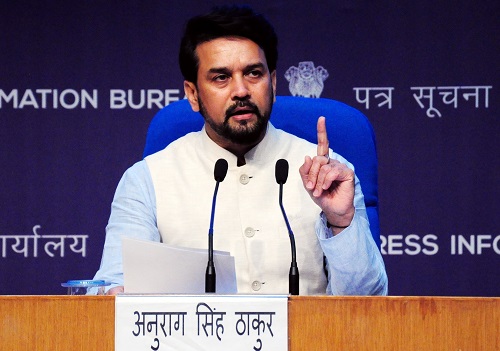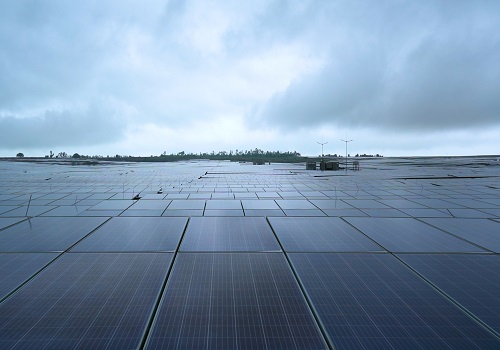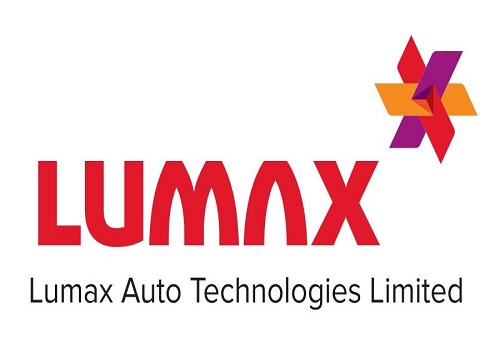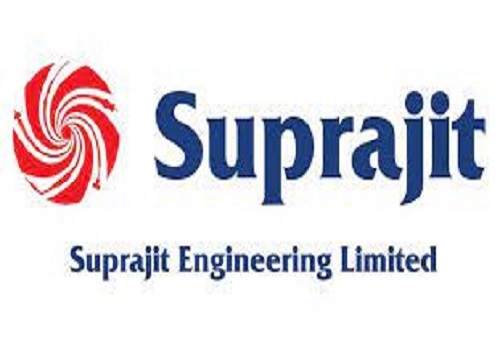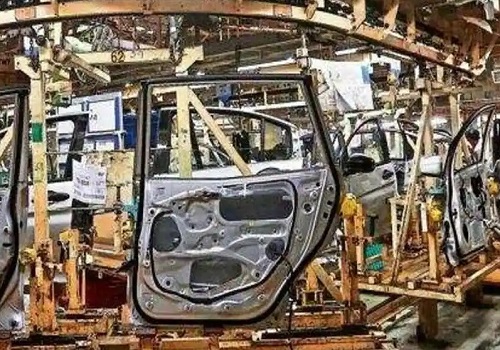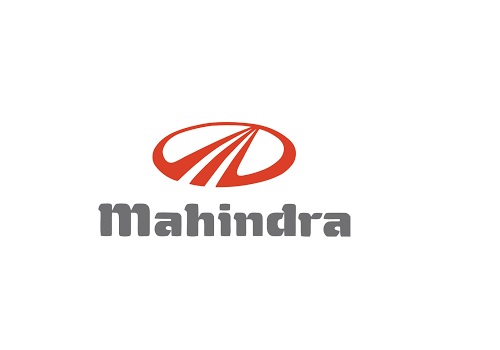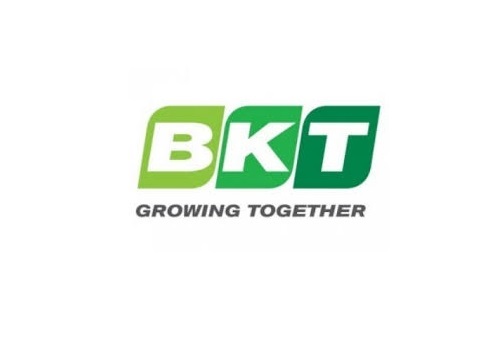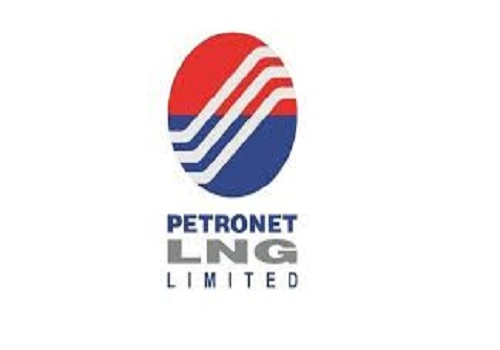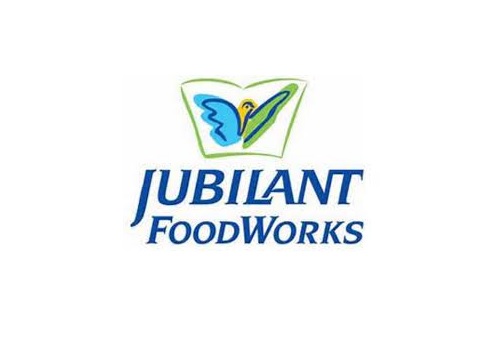Automobiles sector : `Parts` is better than `whole - Motilal Oswal Financial Services
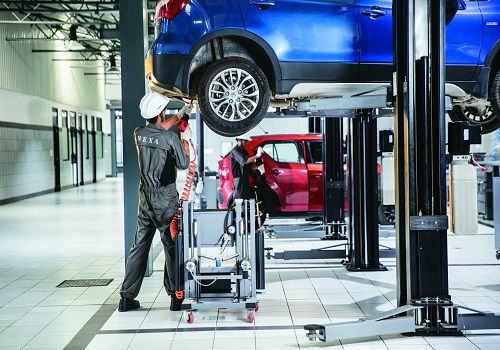
Follow us Now on Telegram ! Get daily 10 - 12 important updates on Business, Finance and Investment. Join our Telegram Channel
https://t.me/InvestmentGuruIndiacom
Download Telegram App before Joining the Channel
“Parts” is better than “whole”
Prefer Auto Ancillaries over OEMs The key factors currently shaping the auto industry dynamics include: 1) focus on meeting emission targets backed by requisite policy support from the government 2) marked shift towards premiumization across segments. OEM’s who are the best placed to adapt to these changes are likely to be the key “winners” in the long run, in our view. On the growth front, the auto industry is likely to take a breather in FY25, after experiencing strong demand in the last two years. We expect the 2Ws/PVs/CVs to post 9%/6%/6% CAGR over FY24-26E. On the other hand, we believe the auto component industry is witnessing multiple growth opportunities in the long run with the emergence of India as one of the beneficiaries of the supply chain de-risking strategy by global OEMs. Given this and the relatively attractive valuations, we prefer Auto Ancillaries over OEMs at this stage. Our top picks in the Auto OEM segment are MSIL and AL and the same in Auto Ancillaries are CRAFTSMA, MOTHERSO and HAPPYFORG.
India no longer a ‘cost-conscious’ market
We are now witnessing a noticeable shift in the vehicle purchasing patterns among consumers who are increasingly willing to pay a ‘premium’ for additional features such as safety, driving experience, plush interiors, aesthetics, and comfort. The key buying parameter has shifted from fuel efficiency and ‘value for money’ to the aesthetics and overall appeal of the product for a large section of the society. Two trends that support this shift are: 1) the UV mix in PVs has now increased to 60% of sales in FY24 from 28% in FY19; and 2) the proportion of 125cc+ segment in overall motorcycles has increased to 52% in FY24 from 38% in FY19. The key factors likely fueling these trends include favorable demographics, increased per capita income, and improved digital access across India. Thanks to the rising influence of social media on consumers, more and more people feel the urge to follow the latest trends or even set trends themselves. Social media is also helping drive the latest lifestyles beyond metropolitan areas to Tier 2 and Tier 3 towns, as well as rural regions. Our channel checks suggest that these trends are now visible even in the rural parts of India, as the country’s youth simply do not want to purchase entry-level vehicles (cars or 2Ws). In addition to the above, easy access to finance is driving the trend towards premiumization in India across various categories. Given the tailwinds highlighted above, we believe this premiumization trend is here to stay in the long run.
India to meet emission targets through a multi-technology approach
In order to achieve its goal of net zero emissions by 2070, India submitted its longterm low-emission development strategy to the UNFCCC at COP 27 in Nov'22. According to the strategy, apart from the push to increase electric vehicle (EV) adoption, there is also an emphasis on the increased use of biofuels, particularly ethanol blending in petrol, and the rising use of green hydrogen fuel. For instance, while the government is incentivizing the industry to transition to EVs, it is also providing adequate support to ramp-up CNG adoption as well as work on flex fuels. The Government has also earmarked a National Hydrogen Mission to reduce emissions. As per recent reports, they are looking to support hybrids as well. We believe this approach is appropriate, considering the country's demographics.
Indian Auto industry: Near-term softness likely; long-term outlook intact
While PVs have witnessed a 17% volume CAGR over the last two years 2Ws have reported a 14% volume CAGR in the same period. After rebounding strongly in the last couple of years, both 2Ws and PVs are anticipated to witness softer growth in FY25. We expect PVs to register a 5% volume growth in FY25, while 2Ws are likely to post an 9% volume growth in FY25. Conversely, CVs have already witnessed a weak demand in FY24 (flat YoY) over a relatively high base. Given an anticipated slowdown in the runup to elections, we expect a revival in CV demand to begin with a lag of a quarter. Hence, we forecast CVs to report 6% volume growth in FY25 driven by bus segment and largely back-ended. Thus, while growth rates for most segments are likely to taper down to single digits, the auto industry is likely to be the fastest growing sector vs. other developed regions globally, which are witnessing recessionary trends.
Auto ancillaries in a sweet spot; multiple tailwinds at play
The domestic auto component industry appears to be in a sweet spot as several tailwinds converge to drive a sustainable long-term growth opportunity. These include: 1) the emergence of the Indian component industry as one of the beneficiaries of the supply chain de-risking strategy by global OEMs, following the continued supply chain disruptions over the last 3-4 years; 2) outperformance to the core industry, which is likely to continue, driven by rising content due to premiumization and the transition to EVs; 3) favorable government policies that advocate ‘Make In India’; and 4) emergence of India as an auto hub for global OEMs. Given the above trends and its inherent core strengths (global quality at low cost + improving R&D skills), the auto component industry is expected to invest around USD6.5-7.0b over next the five years, which is double of what it invested in the previous five years. Given these tailwinds, we see tremendous growth opportunities for the domestic auto component industry in the coming years.
Valuation and top picks
* It is now an established fact that the majority of easy gains in Auto OEM stocks are now behind us, as we have witnessed significant volume growth across segments over the last two years, and input costs also appear to have bottomed out. Hence, one will have to make selective micro strategies to outperform from hereon. In this backdrop, Maruti Suzuki is our top pick in Auto OEMs as: 1) we expect it to continue outperforming the PV segment aided by new launches; 2) its improved mix will help margins sustain at elevated levels; and 3) it could be the key beneficiary if the government decides to reduce GST on hybrid vehicles. We also like Ashok Leyland as: 1) we anticipate near-term weakness in CV demand, but expect the same to revive by 2HFY25; and 2) its valuations are attractive compared to peers.
* Given the strong long-term growth opportunities for the domestic auto ancillary industry highlighted above, we are more positive on this sector than on Auto 16 May 2024 5 OEMs at this stage. Within the auto ancillary sector, our top picks include: 1) Craftsman Automation (well-positioned to benefit from global supply chain derisking, strong growth opportunities from lightweighting, and multiple growth drivers in the storage solutions business); 2) Samvardhana Motherson (a key beneficiary of global trends towards premiumization and EV transition, and recent acquisitions); and 3) Happy Forgings (enjoying a sustainable competitive advantage in forgings, with robust new orders helping to offset near-term weaknesses in core segments).
For More Motilal Oswal Securities Ltd Disclaimer http://www.motilaloswal.com/MOSLdisclaimer/disclaimer.html
SEBI Registration number is INH000000412
